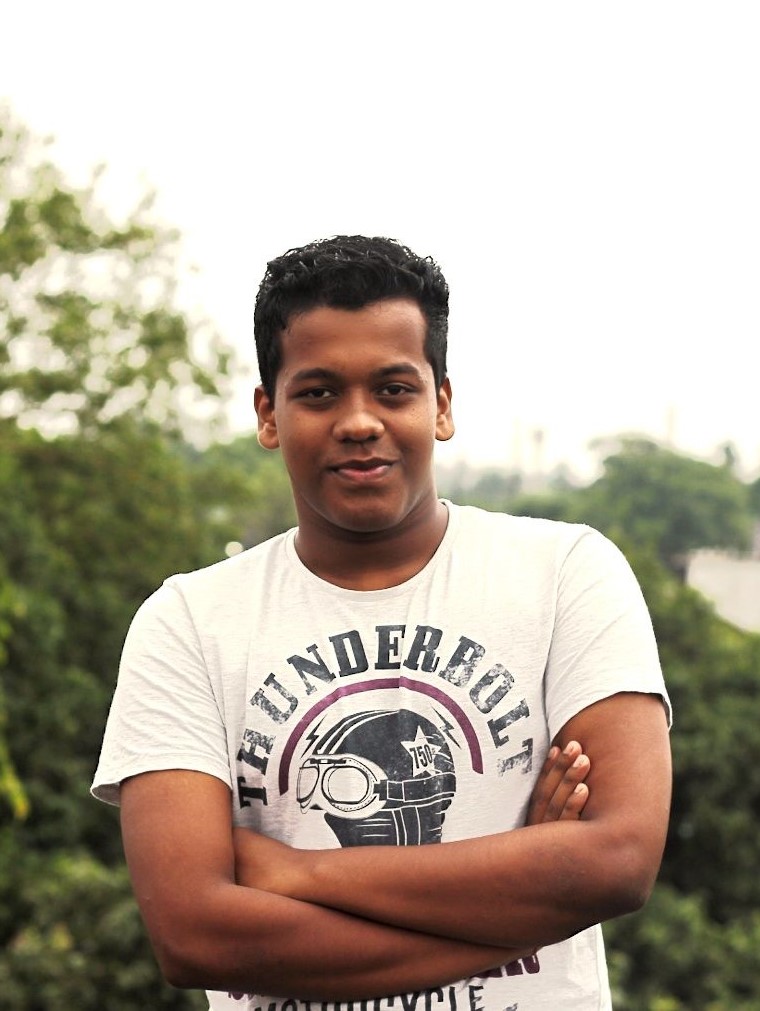Satya Swarup Srichandan
Master of Computer Applications at Banaras Hindu University, VaranasiResume | Email | Github | LinkedIn | Google Scholar | ReserchGate | LeetCode | HackerRank

Publications | Projects | Accomplishments | mailto: satyaswarup98@gmail.com | Github | LinkedIn | Google Scholar | ReserchGate | LeetCode | HackerRank
Satya Swarup Srichandan
Master of Computer Applications at Banaras Hindu University, VaranasiResume
AI and Machine Learning expert working at India Health Action Trust for public health development. Master of Computer Applications at Banaras Hindu University, Varanasi, India. Also have profound programming skills in Python, Java and various other programming languages with over 4+ years of Research experience on Machine Learning, Deep Learning, Information Retrieval and Text Analytics.
Skills
Programming : Python, Java, C++, C#, R, Swift, Ruby, .NET, HTML, CSS, PHP, Bootstrap, React, xml, JSON, Ajax, jQuery
Databases: SQL, Access, Firebase
Other Software: MS Office, Visual Studio, Android Studio, XCode, Procreate
Communication Languages: English, Hindi, Odia